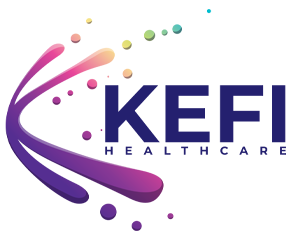- COVID-19 vaccine: Get the latest updates on children’s doses, booster shots and more
Sleep Test in the comfort of your home

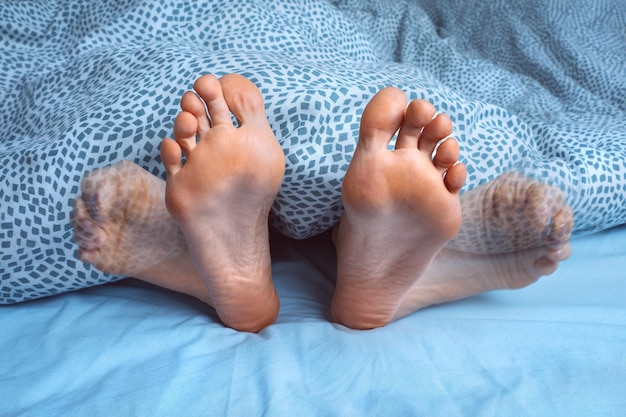
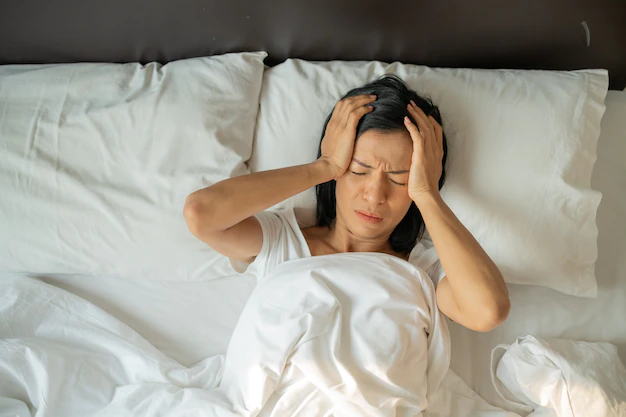

What is Sleep Study?
Sleep study, is a comprehensive test used to analyse sleep disorders. It registers your brain waves, the oxygen level in your blood, heart rate, breathing, and muscular movements during the study.
The sleep study may get executed at a sleep disorders unit or a sleep centre within a lab. While it’s typically performed at night, the test is sometimes done to adjust night shift labours who sleep in the bright daylight.
In addition to assisting diagnose sleep disorders, Sleep study may be used to start or change your treatment if you’ve already been diagnosed with a sleep disorder.
Why Sleep Study is done?
Sleep study monitors your sleep phases and cycles to specify if or when your sleep habits are disturbed. There are various types of home sleep apnea test devices using multiple sensors. They generally record your breathing rate, airflow, oxygen levels and heartbeats.
The natural process of falling asleep begins with a sleep stage called non-rapid eye movement (NREM) sleep. As registered by electro encephalography (EEG), the brain waves slow down relatively in this stage.
Your eyes don’t move back and forth swiftly during NREM compared to later sleep stages. An hour after NREM sleep, your brain consciously picks up again, and the rapid eye movement (REM) stage of sleep starts as a fact; you mostly dream during the REM sleep stage.
You go through numerous sleep cycles a night, cycling between NREM and REM sleep in about 90 minutes. Sleep disorders can disturb this sleep process.
SNORING
OBSTRUCTIVE SLEEP APNOEA
INSOMNIA
How you prepare for Sleep Test?
You get advised to stop drinks or food, including alcohol or caffeine, during the afternoon and evening before the sleep study. Alcohol and caffeine can affect your sleep patterns, making signs of some sleep disorders worse.
Your afternoon napping should be avoided before a sleep test. You may get requested to bathe or shower before your sleep study. The equipment gets delivered to you for a home sleep apnea test, or you can pick up the equipment from our office. You’ll be given notes on how to use the equipment’s.
What you can expect
After you get ready to sleep, one of the technologists will put sensors on your scalp, forehead, chest and Legs using tape or glue.
Wires connect the sensors to a computer, but the cables are long enough to allow you to move around in bed. A small clip is set on your finger or ear to observe the oxygen level in your blood.
While you sleep, a technologist observes your:
• Brain waves
• Eye activities
• Heart rate
• Breathing habit
• Blood oxygen level
• Body position
• Chest and abdominal motion
• Limb motion
• Snoring and other sounds you may make as you rest.
Sleep Study technologists monitor you throughout the night. If you need help, you can talk to them through the monitoring gear. They can enter the room to free up the wires if you need to get up during the night.
WHO ARE WE?

Snoring and Sleep Apnea

Restless Leg Syndrome

Insomnia

Periodic Limb Movement Syndrome (PLMS)
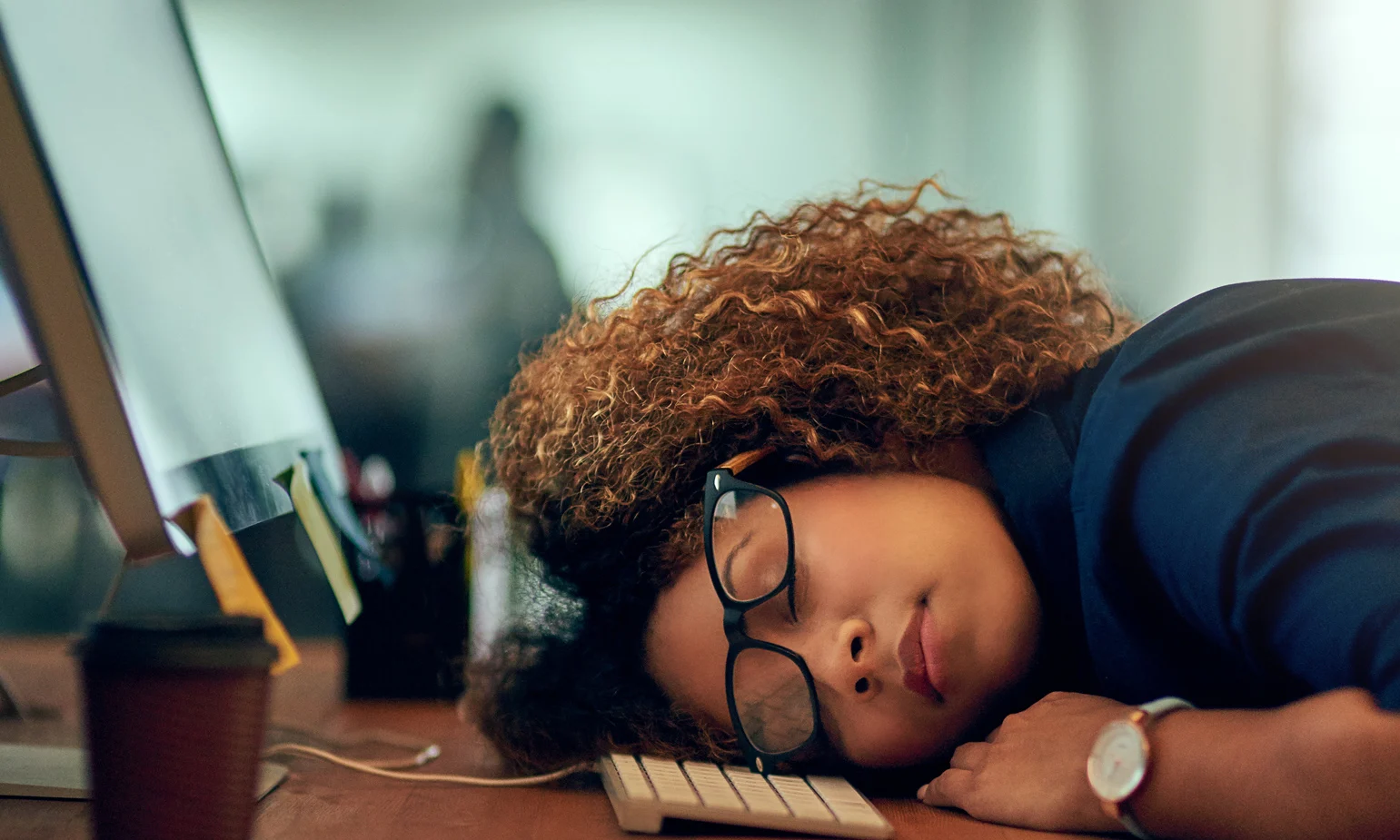
Narcolepsy
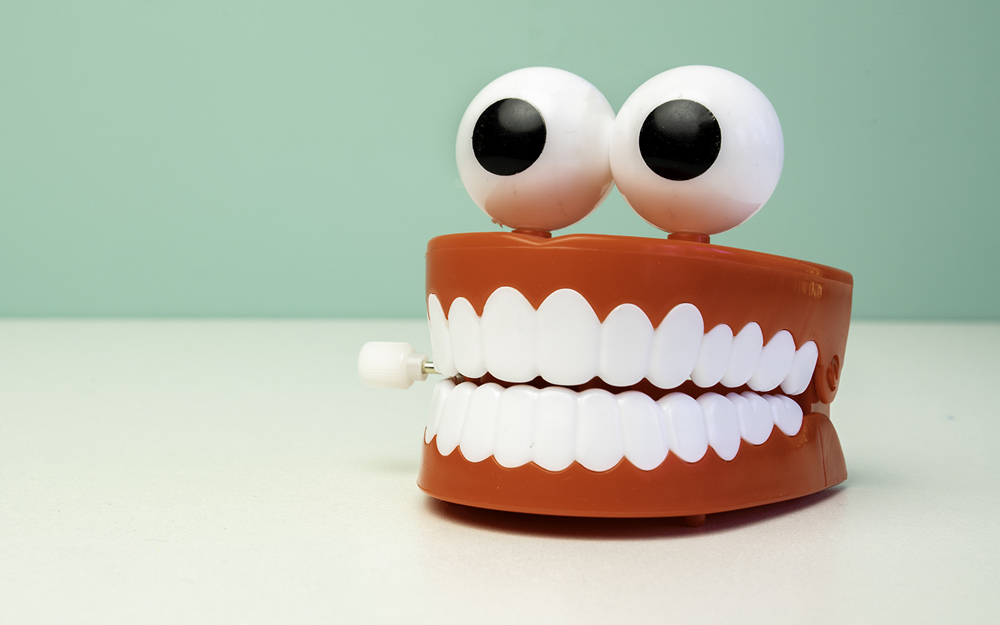
Teeth Grinding
Results
The measures recorded during polysomnography deliver much data about your sleep habits.
For example:
• Brain waves and eye movements in sleep can assist your health care team to assess your sleep phases and finding disruptions due to sleep ailments such as narcolepsy and REM sleep behaviour disorder.
• Heart, breathing rate changes, and abnormal blood oxygen changes during sleep may indicate sleep apnea.
• Correct sets for PAP or oxygen if your doctor would like to prescribe these for home use.
• Frequent leg activities that disrupt your sleep may indicate periodic limb movement disorder.
• Unusual movements or behaviours may be signs of REM sleep behaviour disorder or another sleep disorder.
The data gathered during sleep study is evaluated first by a technologist, who uses the data to record your sleep stages and cycles. Then that data is reviewed by our doctor. Our doctor will check the data collected, and it may take you a few days or weeks to get your results. It’s feasible that the effects may not deliver enough data, and we may suggest in-lab polysomnography.
At a follow-up meeting, our doctor will examine the results with you. Based on the data collected, the doctor will review any or recommend further evaluation that you may need. At KEFI Home healthcare we help you to do a sleep study test at home or in lab to manage, detect, treat and to cure sleep disorders.
Take the First Step Towards a Better Sleep
Need help? Get a call back from our support team
